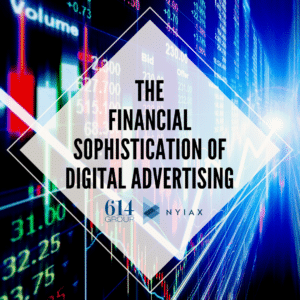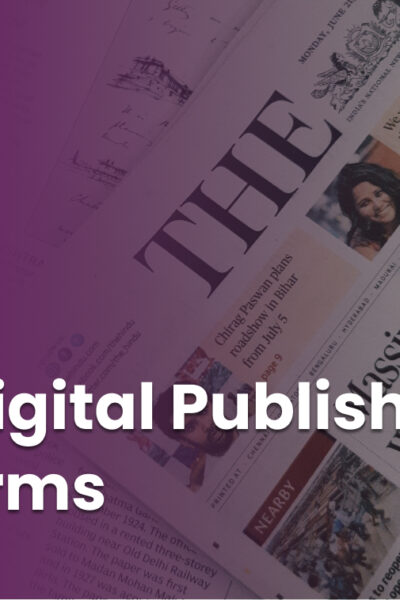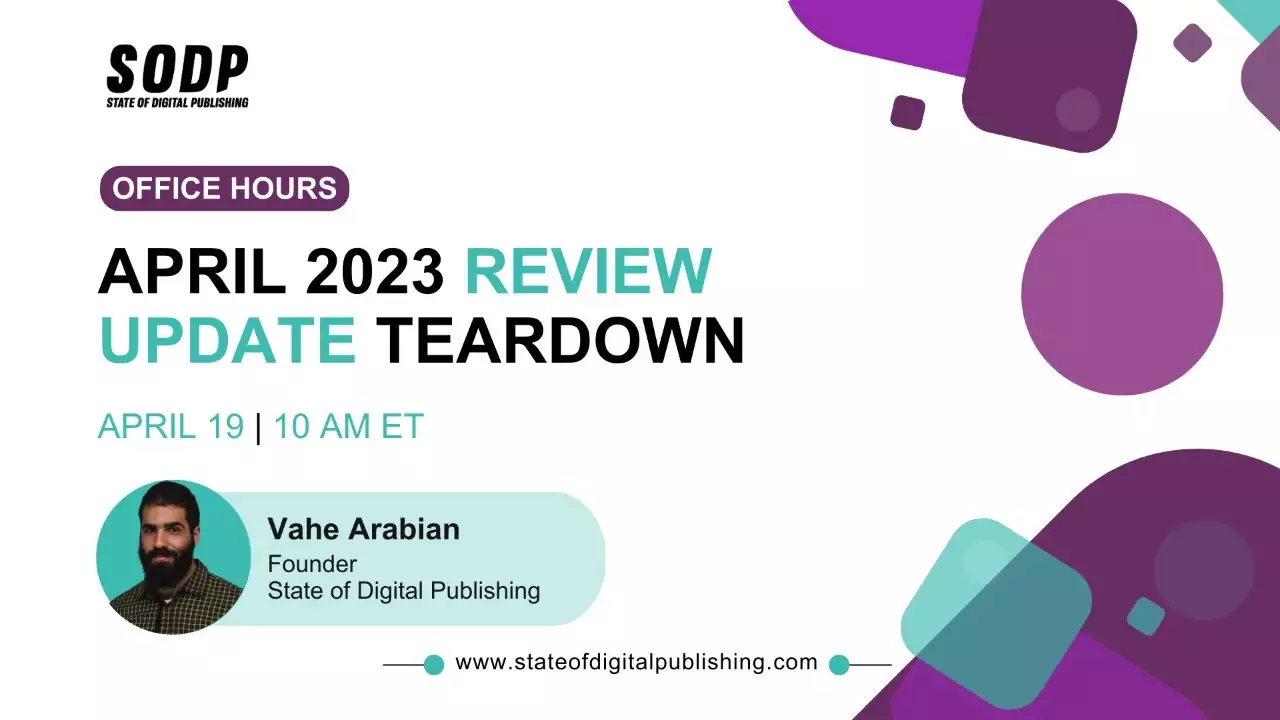‘Is it Time for the Digital Advertising Industry to Adopt More Financially Sophisticated Models for its Transactions?’ is the latest original qualitative and quantitative gap analysis research from The 614 Group compares responses from senior publisher, agency or brand executives, including execs from ESPN, Fox, and Thomson Reuters, about the actual performance of today’s financial mechanisms supporting digital advertising with opinions about a desired future state.
State of Digital Publishing spoke with Rob Beeler, managing editor, research, at The 614 Group, chairman of AdMonsters and founder of Beeler.Tech for a behind the scenes discussion about digital advertising financial models.
What was the motivation behind putting together the study?
As consultants, event producers and researchers, the 614 Group work with our clients to help them navigate the myriad of topics digital media faces. What was exciting for me on this project was to actually look at the economics of how digital media is bought and sold and what could be gained by all parties by doing it better.
In digital advertising, we often equate programmatic advertising to the stock exchange. Yes, both have auctions, but let’s not kid ourselves – a real stock exchange couldn’t function with all the issues that exist in digital advertising. If the level of fraud, lack of real guarantees in contracts, and poorly defined terminology in digital media existed in a stock exchange, you would never invest your money.
That’s what made the announcement of the partnership between NYIAX and NASDAQ earlier this year so intriguing. Personally, I wondered if the financial people really understood what they were getting into, but as we discussed it at the 614 Group, we realized that the financial rigor required to be NASDAQ is what our industry needed and that set in motion the idea of doing this research.
What led to many of the publishers being in the position that they are in?
There are a number of reasons – too many to list here – but I think a key contributor to why publishers are struggling today was the lack of foresight to protect their data and truly differentiate their inventory vs. anyone who claims to be a publisher. Imagine if premium publishers had from the early days offered fraud-free viewable impressions with a data strategy that put the highest value on 1st and 2nd party data and didn’t allow for data leakage. In that scenario, publishers wouldn’t be playing catch up with buyers to understand their own value.
Do you have some examples of some financial models publishers are pursuing?
There are quite a few but I think the underlying theme of the models they are pursuing is to take more control over their destiny vs. being told what they are worth. Even something like PMP deals allows publishers to decide what they will charge for their inventory. Getting that amount is another trick altogether.
The other trend is going right to the consumer and establishing value. I see more subscription models either for exclusive content or ad-lite experiences.
I do know that a number of publishers are interested in what NYIAX has to offer. Guaranteed contracts on future inventory creates a new level of confidence in what revenue will be coming in. That could lead to more investment in user experience, content, and people.
What needs to happen in order to merge financial models to make industries like programmatic more trustworthy and reliable?
Programmatic will only become more trustworthy and reliable when the incentives across the board are finally properly aligned. Buyers who buy cheap, unverified inventory are funding fraudsters. The exchanges in the middle who are uncertain who is bidding on inventory are also funding fraudsters. Publishers who resell inventory from the open exchange without knowing its source are also guilty. Perhaps the liquidity that comes from having an open exchange was necessary to grow the marketplace, but now it only stunts its potential.
How will you (614 Group) monitor the latest developments from the respondents and will there be any accountability during the process?
The report wasn’t an audit, but a survey to find out the state of things within the industry. That being said, we found the results fascinating and worthy of further study. It would be great to see over time both buyers and sellers coming together to transact in a more efficient and safe manner. The result we believe would be more money flowing toward digital advertising.
Survey findings summary
Within the full report, the following key findings are developed in depth:
- Guaranteed contracts come with no guarantees:
- 88% of publishers offer “guaranteed contracts,” yet 100% have out clauses
- Nearly 50% said cancellations make it difficult to forecast inventory and revenue
- Reconciliation of discrepancies is still a costly endeavor:
- 33% of publishers spend over $100,000 a year to resolve discrepancies
- Both buy and sell-side are open to new financing structures:
- 64% of publishers are interested in Guaranteed Revenue Contracts (contracts for inventory which are sold via a secondary market, similar to stock markets)
- 57% said it would make it easier to forecast inventory and command higher prices
With the threat of cancellations eliminated, publisher teams can focus on more strategic client goals
- Higher degree of automation is possible:
- 50% said it’s largely feasible to automate premium direct deals
- Publishers want specific sales controls:
- 74% cited a need for creative control over the ads as well as the ability to screen the ads for fraud.










